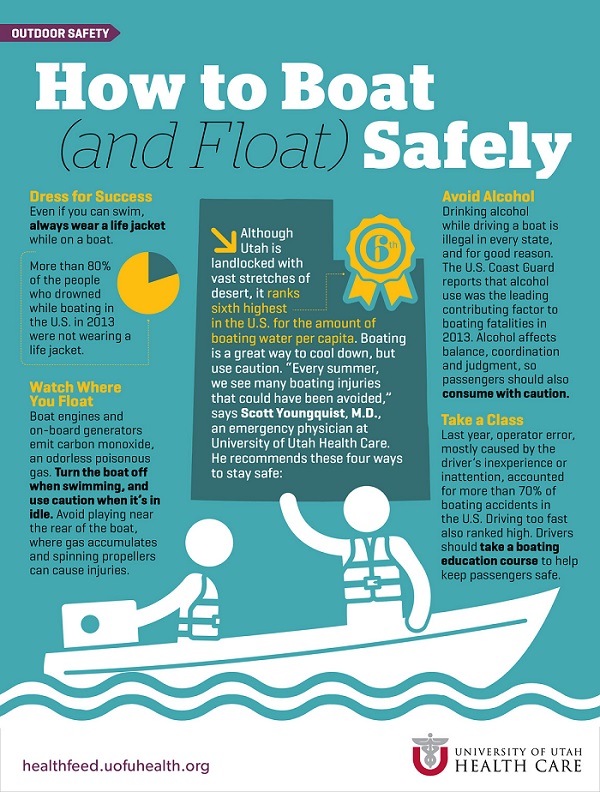Sailing Accidents: the epitome of freedom, adventure, and the thrill of the open sea. But amidst the exhilaration of harnessing the wind and chasing the horizon lies a sobering reality: the risks of sailing accidents. In this article, we’ll delve into the world of sailing mishaps, exploring their causes, prevention strategies, and the importance of safety awareness for sailors of all levels.
The Harsh Realities: Common Types of Sailing Accidents
Picture this: you’re gliding gracefully across the water, the sun warming your skin and the wind filling your sails. Suddenly, a collision with another vessel sends shockwaves through your boat, leaving you stunned and shaken. Unfortunately, accidents like this are all too common in the world of sailing. From collisions to capsizings, grounding to man overboard incidents, sailors face a myriad of potential dangers every time they set foot on a boat.
- Collisions: Whether it’s a crowded regatta or a quiet day on the water, collisions pose a significant risk for sailors. From other boats to submerged objects, the threat of impact is ever-present, requiring constant vigilance and careful navigation.
- Capsizing: The heart-stopping moment when a boat flips over, sending its crew tumbling into the water. Capsizing can happen suddenly, often in rough seas or high winds, and can lead to serious injuries or even fatalities if proper precautions aren’t taken.
- Groundings: Running aground on shoals, sandbars, or reefs can spell disaster for sailors, causing significant damage to the boat and potentially stranding the crew in a hazardous situation.
- Man Overboard: The nightmare scenario of watching a crew member fall overboard, their cries for help lost in the wind. Man overboard incidents can happen in an instant, requiring swift action and effective rescue techniques to prevent tragedy.
- Weather-related Incidents: From sudden storms to unexpected squalls, the weather can turn on a dime, catching sailors off guard and increasing the risk of accidents such as capsizing, dismastings, or injuries from falling objects.
Safety First: Strategies for Accident Prevention

While sailing accidents can be unpredictable, there are steps that sailors can take to minimize their risk and ensure a safe voyage on the water. Here are some essential prevention strategies:
- Education and Training: Knowledge is power when it comes to sailing safety. Obtaining proper training and certification in sailing techniques, navigation, and safety procedures can significantly reduce the risk of accidents and increase confidence on the water.
- Equipment Maintenance: A stitch in time saves nine—or in this case, a thorough inspection of your sailing equipment can prevent potential disasters. Regular maintenance of sails, rigging, and safety gear is essential to prevent equipment failures that could lead to accidents.
- Weather Awareness: Keep an eye on the forecast and be prepared to adjust your plans accordingly. Sudden storms, high winds, and rough seas can catch sailors off guard, so it’s crucial to stay informed and ready to seek shelter if necessary.
- Safety Gear: Don’t leave the dock without it! Life jackets, harnesses, and other safety gear can mean the difference between life and death in the event of an accident. Make sure all crew members wear appropriate safety gear and know how to use it.
- Communication: Establish clear communication protocols and emergency procedures with your crew before setting sail. In the event of an accident or emergency situation, effective communication can make all the difference in facilitating a quick and coordinated response.
Promoting a Culture of Safety: It Takes a Community
At the end of the day, preventing sailing accidents requires a collective effort from the entire sailing community. Whether you’re a seasoned sailor or a novice enthusiast, safety should always be your top priority. By staying informed, being prepared, and looking out for one another, we can create a safer and more enjoyable sailing experience for everyone.
Conclusion: Navigating the Waters Safely
In conclusion, sailing accidents are a harsh reality of life on the water, but with proper education, preparation, and vigilance, they can be minimized and even prevented. So before you set sail on your next adventure, take the time to review safety procedures, double-check your equipment, and always keep safety as your top priority. The sea is calling—are you ready to answer?
Image Credits:
- Collision Course: Photo by John Sme
- Capsized: Photo by Jane Smith


